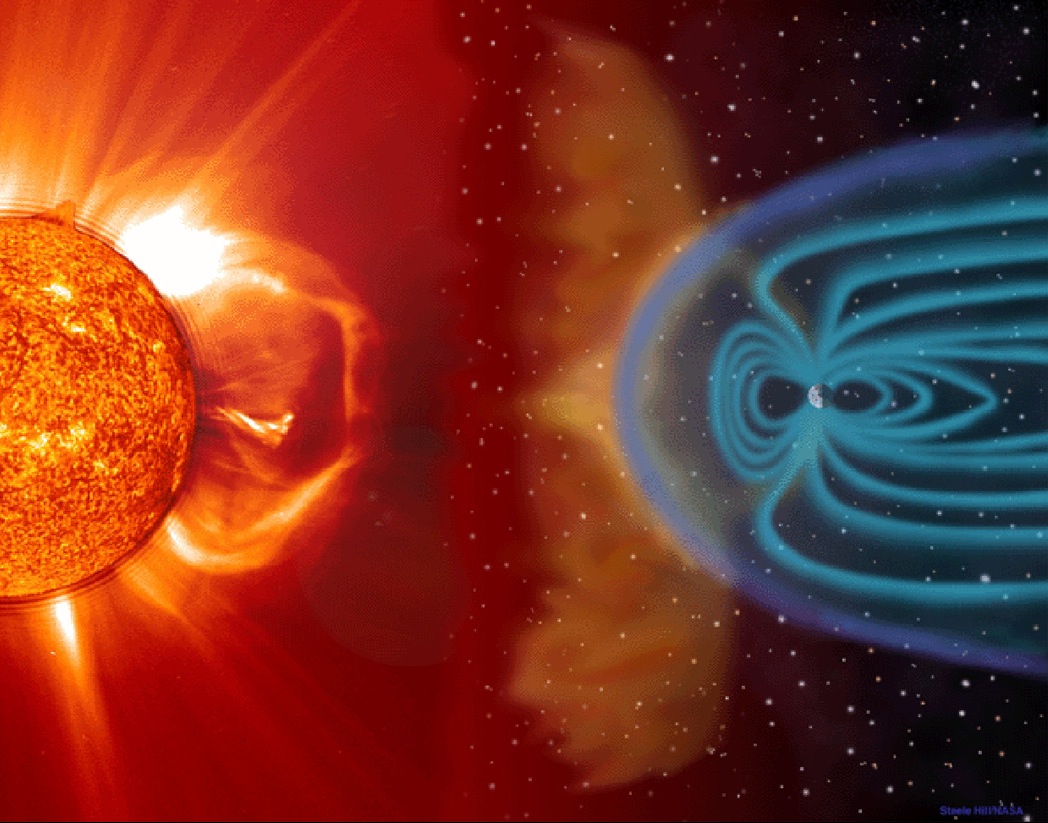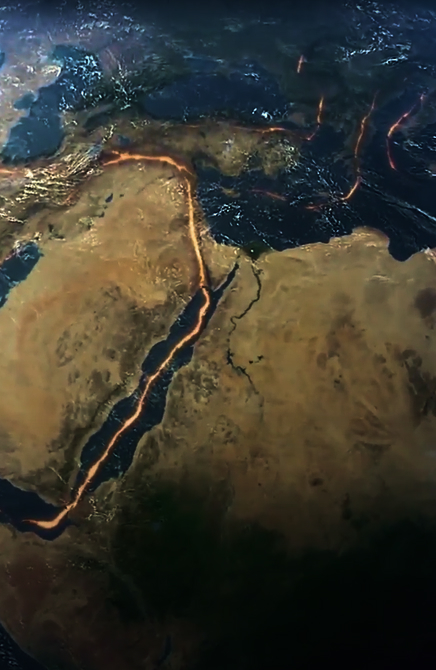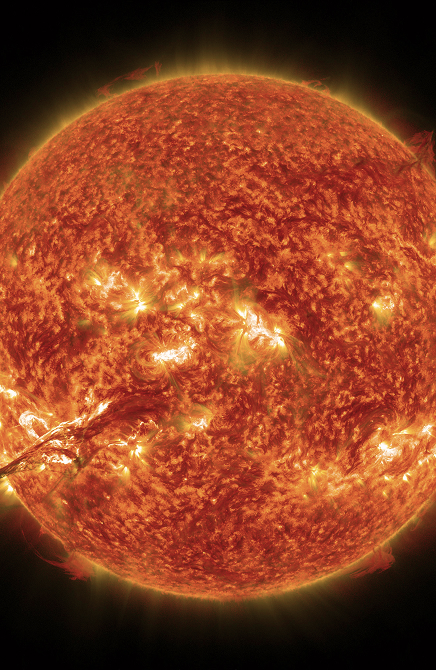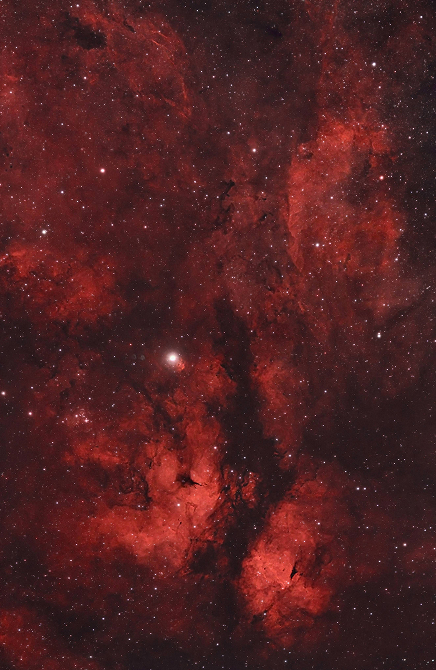
The near-Earth environment (NEE) is a dynamic region influenced by space weather, which includes solar activity, geomagnetic storms, and radiation belts. Space weather can impact satellite operations, GPS systems, and even power grids on Earth.
Space weather can impact satellite operations, GPS systems, and even power grids on Earth.
NEE dynamic is influenced by:
At CSES flying altitude this environment includes the ionosphere and some indirect features of the magnetosphere, namely the electromagnetic field and the radiation belts, respectively.
The study of electric and magnetic fields in the top-side ionosphere is essential for understanding space weather phenomena and for the analysis and identification of signals possibly associated with earthquakes. Electric fields in the ionosphere is primarily generated by the interaction between the solar wind and the Earth’s magnetosphere, and its dynamics are regulated by the solar activity. These fields can cause the movement of charged particles, leading to various phenomena such as the auroras. The Auroral Oval is a ring-shaped zone around the magnetic poles where auroras are most frequently observed; its size and shape can change depending on the level of solar activity. Scientists use various tools and models to study and predict the behavior of the auroral oval: CSES gives a valuable contribution to this investigation.

The Earth’s Van Allen belts are two layers of charged particles surrounding our planet. These belts are located in the inner region of the magnetosphere.
The inner belt is primarily composed of high-energy protons, while the outer belt contains a mix of protons and electrons.
Understanding the behavior of the Van Allen belts is essential for space missions and satellite operations.

Artistic sketch of the Earth's Radiation Belts
Along its orbit CSES satellites cross the ionospheric footprint of the Outer Radiation Belt and the South Atlantic Anomaly, thus giving valuable measurements of trapped particles in these regions and their time variability.

The study of earthquakes from space is an intriguing field that utilizes cutting-edge technology to...
Read more
The near-Earth environment (NEE) is a dynamic region influenced by space weather, which includes solar...
Read more
Space Weather refers to the environmental conditions in space as influenced by the Sun and...
Read more
Galactic cosmic rays (GCRs) are high-energy particles that originate outside the solar system and travel...
Read more